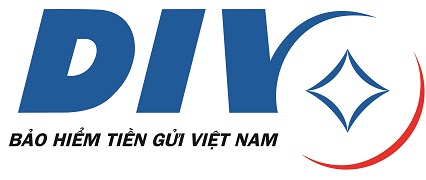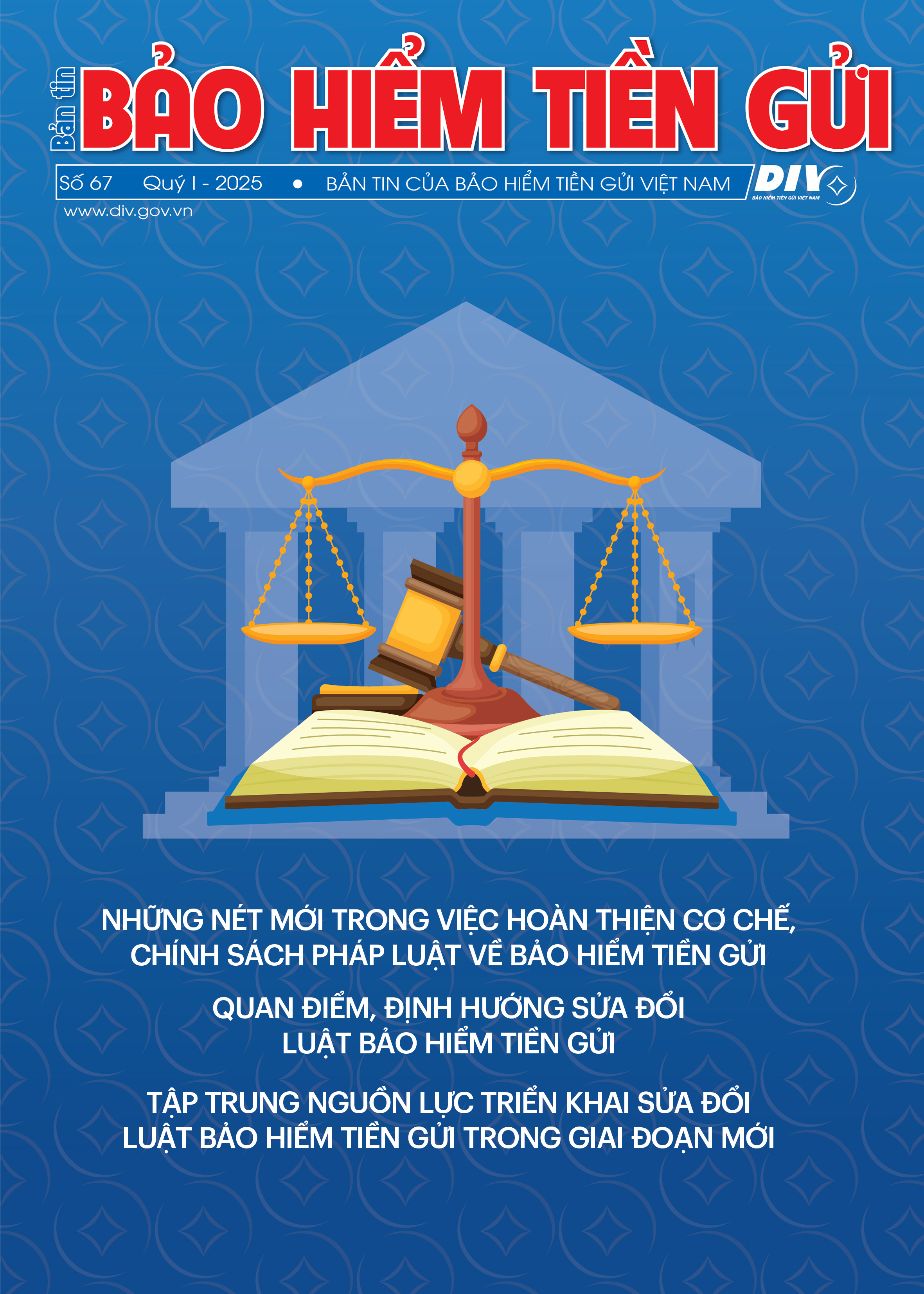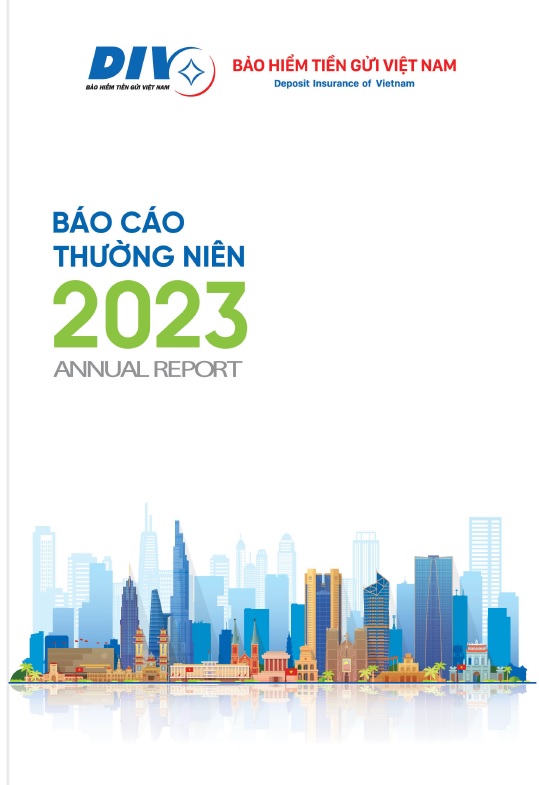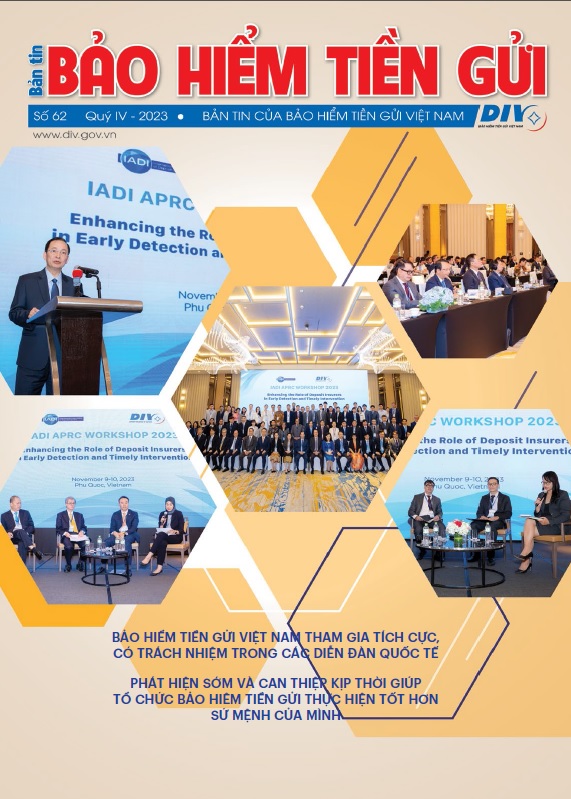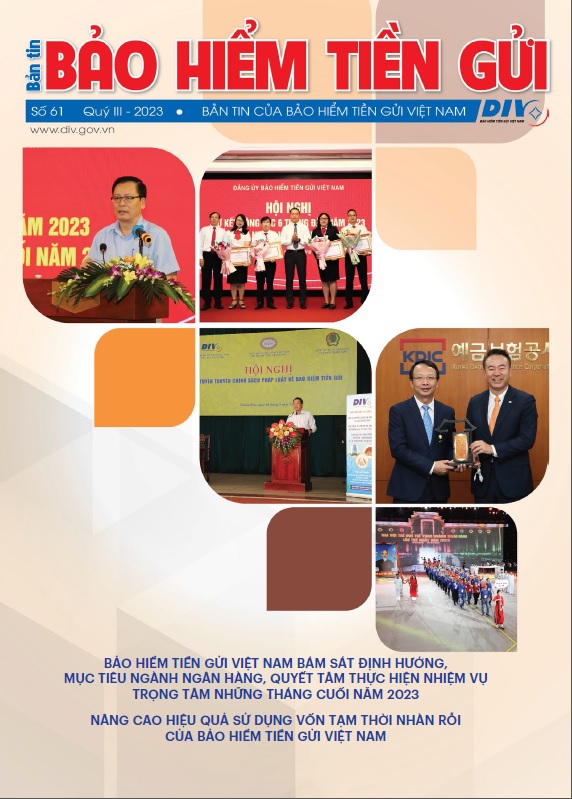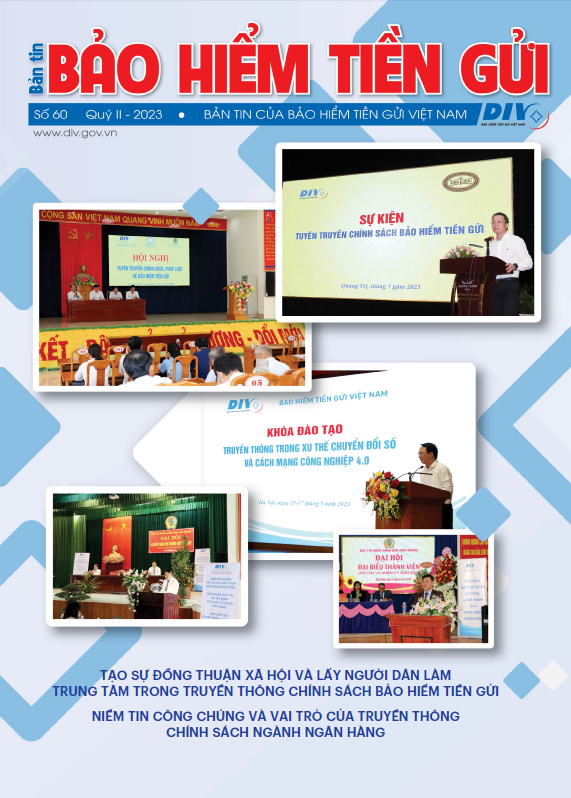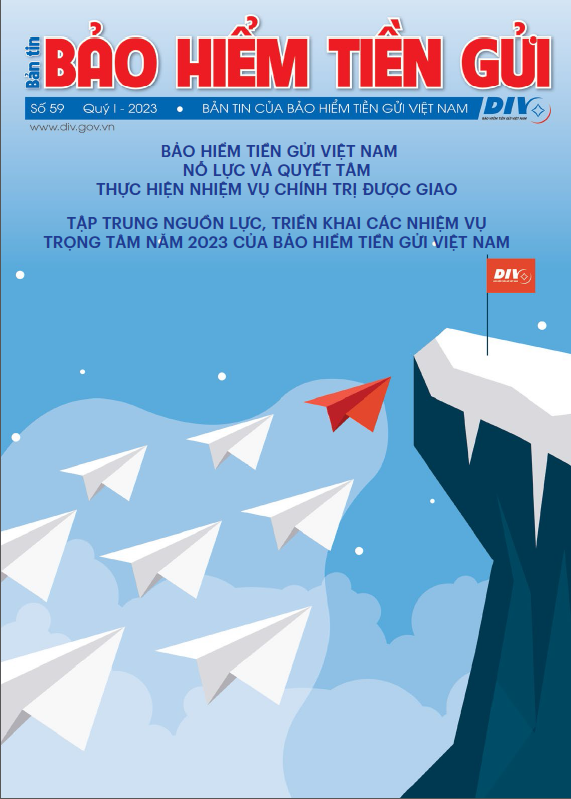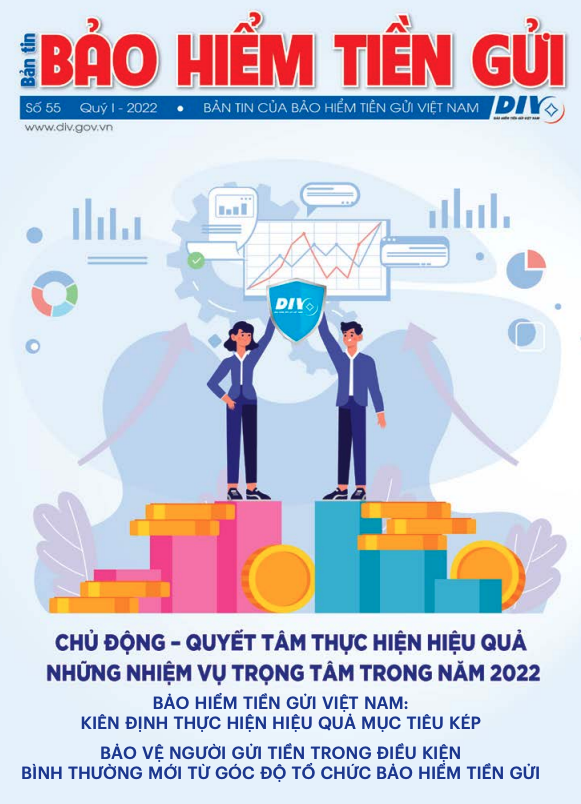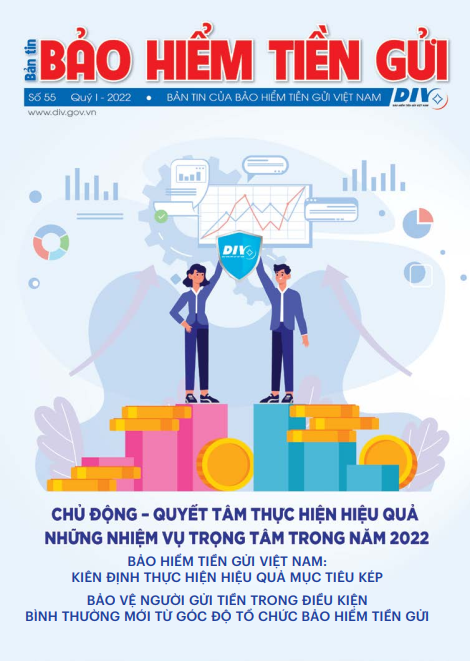This process is carried out after the Deposit Insurance of Vietnam (DIV) has fulfilled its obligation to reimburse compensate depositors. Despite being the last stage, it is decided to ensure and realize the rights of DIV as a legal creditor for the amounts paid to insured depositors at failed institutions, including People's Credit Funds (PCFs).
Assets recovery activities of DIV in recent time
Article 28 of the Law on Deposit Insurance stipulates: “The deposit insurance shall become a creditor of the insured institution for the sum paid to the insured depositors, from the date of payment of deposit insurance according to the notice specified at Clause 3 Article 26 of this Law; The deposit insurance shall be entitled with the same priority as depositors to the assets of the failed institution and recover the sums paid to the insured depositors during the disposition of the assets of the failed institution in accordance with the law.” The handling and distribution of the remaining assets of the institute are done through the Asset Liquidation Board in accordance with the Law on Bankruptcy.
From its establishment to 2013, DIV participated in the resolution of and reimbursement at 39 PCFs national. After taking part in this process, DIV became one of the creditors of these PCFs and were entitled to their assets with the same priority as depositors.
Accordingly, DIV has to recover the amounts paid to the depositors in the process of disposing the PCF's assets in accordance with relevant regulations. However, in reality, the debt collection in the resolution of PCFs' assets has encountered many difficulties; the liquidation progress is slow and retarded. In addition, several PCFs have completely fulfilled their debt obligations, while most PCFs have not yet repaid the DIV.
On September 14, 2018, the Governor of the State Bank of Vietnam (SBV) issued the Circular No. 23/2018 /TT-NHNN regulating reorganization, revocation of licenses and liquidation of PCFs. specifically, the PCF liquidation timeframe is within 12 months and can be extended by no more than 12 months for each extension. Therefore, although the terms of some liquidation boards have been extended many times (even up to 14, 15 times for some liquidation boards), these liquidation boards have not finished their liquidation tasks in accordance with the legal regulations.
In general, the effectiveness of PCFs' asset recovery is limited in terms of the recovery rate (only about 40%) and the recovery progress has not met the requirements as approved in resolution plans. Meanwhile, in principle, the disposition of the assets of the institution should be done as quickly as possible to ensure the legitimate rights and interests of stakeholders. specifically, a swift resolution will contribute to reducing the depletion of the assets' value, and at the same time helping to quickly bring those assets-capital back to economic activities.
Some challenges
It can be said that the process of liquidating PCFs' assets is retarded due to many factors, including the following:
Collection of loans provided to members: This process is still rough in practice, mainly because loans to members are often unsecured. Even being secured, most of collateral dossiers are not sufficiently legitimate for asset disposition, or the disposition may be very difficult due to people's fear of buying properties related to legal factors, or insufficient of legal documents.
Liquidation Board's personnel: Although the Liquidation Board is established by a decision of the Members' General Meeting of the PCF on the basis of the proposal of the Board of Directors of the PCF or by the Director of the SBV provincial branch, most of the members participating in the PCF liquidation board are key local officers assigned concurrently to execute the liquidation.
In addition, the liquidation board often lacks uniformity due to insufficient staff with necessary knowledge, capacity, experience and skills in the area of liquidation. At the same time, due to the concurrence mechanism, their working time is not guaranteed for the liquidation work leading to delays in the liquidation progress.
Failure to maintain the operation of liquidation board: In fact, some liquidation boards have not worked regularly making the liquidation of assets unsmooth. Despite incomplete liquidation process, some liquidation boards have no longer operated (even with specified termination decisions). This leads to a situation in which some liquidation boards are confused in dealing with cases where the liquidation boards have already been terminated in writing but still in charge of monitoring, dealing with disposed assets and recovering the debts of failed institutions.
Unclear legal basis: In fact, there are no specific and clear regulations on the dissolution and bankruptcy of credit institutions to serve as a foundation for liquidation activities, thereby ensuring the legitimate rights and benefits of depositors, creditors and related parties.
Although it is the final stage of the resolution process, the liquidation of credit institutions also contains some risks for the debt collection of creditors. The operation of credit institutions is related to many fields, so the failures of credit institutions may cause huge, unpredictable consequences, even leading to systemic risks if they are not handled in time and effectively at all stages.
In summary, in order to ensure the efficiency of liquidation boards, it is necessary to adjust the policy focusing on some issues as follows:
To complete mechanisms and policies related to the dissolution and bankruptcy of credit institutions and organizations that are not credit institutions but have banking activities;
To amend and supplement legal documents to clearly specify the time limit for PCF liquidation and the number of liquidation extensions, avoid multiple extensions and the prolonged and inefficient operation of the liquidation board;< o:p>
To build documents guiding assets resolution and debts recovery in case the liquidation board has been terminated but has not yet fulfilled the resolution of assets and the recovery of debts, even though they cannot be resolved or recovered;
Finally, to amend the Law on Deposit Insurance so that it will be consistent with the Law on Credit Institutions and the Law on Bankruptcy.
Nguyen Thanh Ha - Pham Thi Hong Nham
Research and International Cooperation Departmen
